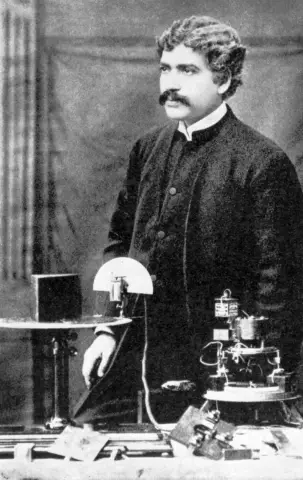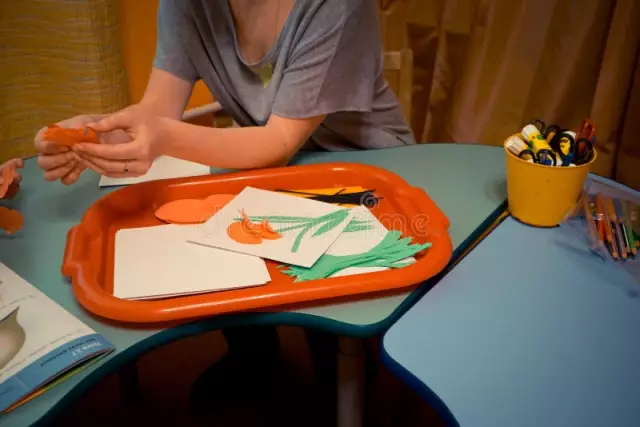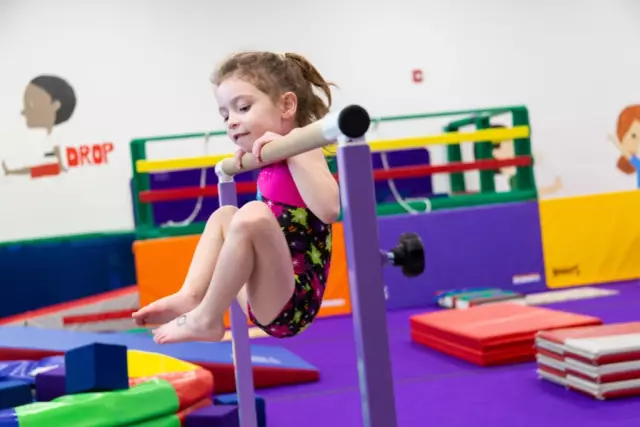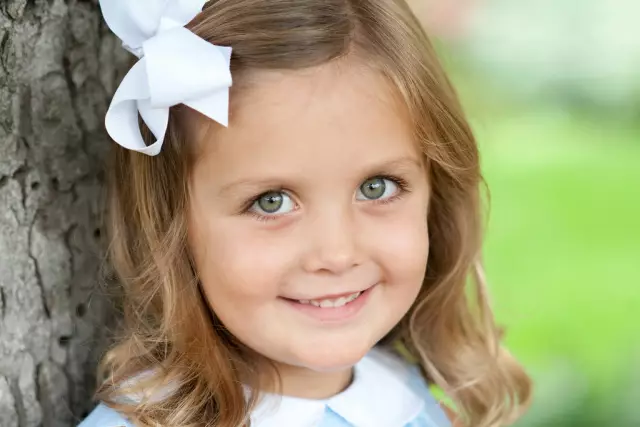- Author Rachel Wainwright [email protected].
- Public 2023-12-15 07:39.
- Last modified 2025-11-02 20:14.
Development of perception in preschoolers
The development of perception in preschoolers is an important condition for the full formation of the child's personality. This process is complex and multifaceted, which contributes to the correct display of the surrounding world, adaptation and a comfortable stay in society.

The process of developing perception in preschoolers
The development of perception at an early age allows you to understand the world around you, to perceive and be aware of objects and phenomena.
In infancy, children cannot clearly and meaningfully perceive the surrounding space. The mechanism of perception through sight and hearing is underdeveloped. Gradually, from the first months of life, the child begins to evaluate the properties of surrounding objects: size, temperature, weight and shape. The child picks up music and rhythmic sounds, learns to navigate in space and to catch the sequence of actions.
The process of perception in preschoolers develops when they play, draw, use sensory sensitivity.
From 4-5 years old, children begin to navigate in the color spectrum and define geometric shapes. Gradually, the process of perception improves, becomes systemic, logical and clear. A child can distinguish not only basic colors, but also saturation, shades, contrast and color combinations.
The development of perception in preschoolers gradually leads to the assimilation of the system of measures, quantities and the sequence of various objects. Children begin to develop a clear idea of large, medium and small objects, measurements (length, height and width).
The process of developing perception in preschoolers is improved with the awareness of space and orientation in it. The most difficult process is the perception of time and time frames. Visual forms and actions help the child memorize time conventions.
The development of perception in younger schoolchildren is based on artistic creativity and the perception of literary works. In this process, a special role is assigned to knowledge and experiences. The child learns to understand the meaning of the works and to be aware of the feelings of the main characters.
The development of perception at an early age is effective through fairy tales, which are a form of psychotherapy and contribute to the development of the child's personality.

Perception in preschoolers is actively manifested in value judgments. Adults should help to assess, highlighting the appearance, defining their attitude, explaining moral qualities and actions. A child, giving an assessment and expressing judgments, shows sympathies and antipathies, highlights positive and negative qualities.
In the preschool period, value judgments are still unstable and changeable, but perception at primary school age becomes complete and expanded. The child begins to perceive not only external, but also internal qualities.
Early Perception Development Techniques
The development of perception in preschoolers occurs with the help of sensory perception and the formation of sensory abilities. The main task in this age period is the development of perception of the shape, size and color of objects.
At preschool age, a child must perceive at least 6 colors, choose them according to a pattern, identify contrasts, collect pyramids, compose a whole drawing from fragments, distinguish objects by shape, navigate in planes, compare and group objects, draw lines on paper.
In order to effectively develop perception in preschoolers, it is necessary to use the following techniques:
- didactic, aimed at the perception of color, shape and size, which should be used in stages to arouse the child's interest (balls, sticks, geometric shapes, small objects);
- color, aimed at the perception of primary colors and shades;
- role-playing games (games based on fairy tales, literary works and cartoons);
- individual, aimed at eliminating specific problems in the perception of the child.
The effective development of perception in preschoolers allows them to acquire useful skills and reveal the abilities of the individual. Perception development should be based on the following activities:
- game (constructors, puzzles, mosaics, etc.);
- visual (drawing, herbaria, volumetric structures, applications, etc.);
- conditional labor (cleaning toys, distributing items into boxes, watering flowers, etc.).
These activities are aimed at developing perception by manipulating various objects.
Found a mistake in the text? Select it and press Ctrl + Enter.






